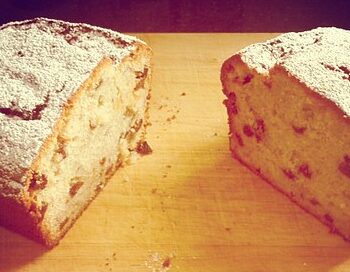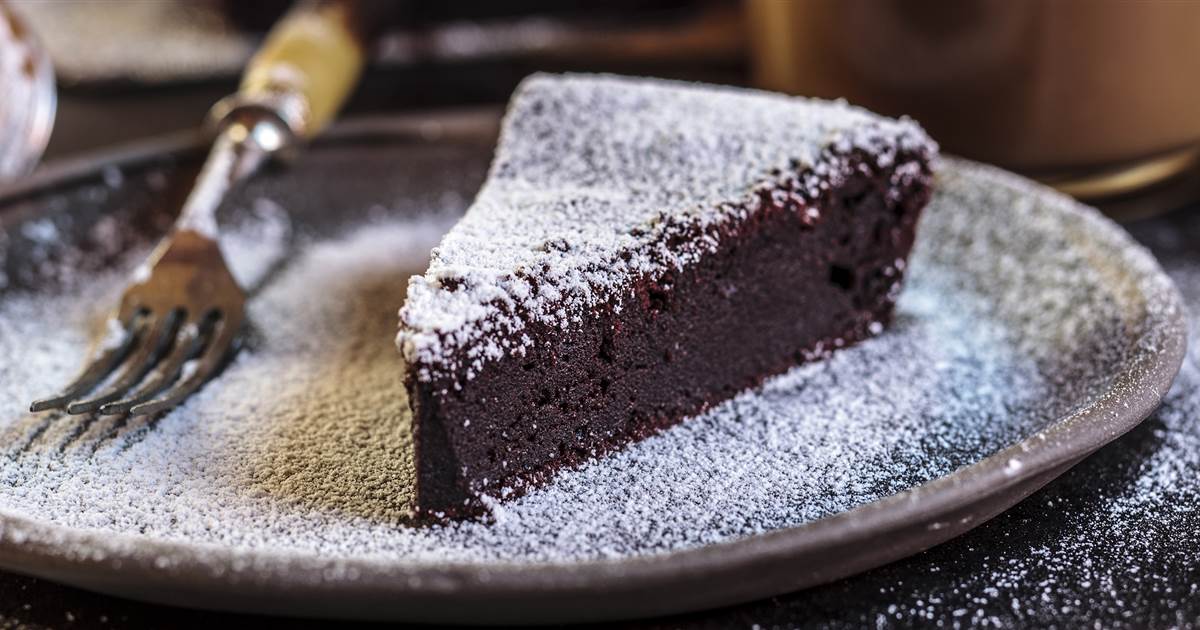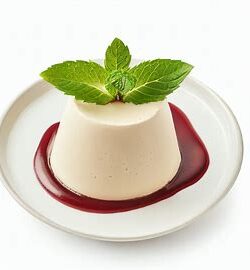Gluten Free Banana Bread: Deliciously Easy
Gluten free banana bread may not be a classic but when it comes to classic baked goods, few can compare to the comforting aroma and delightful taste of a freshly baked banana bread. The moist, tender texture combined with the natural sweetness of ripe bananas creates a treat that is truly irresistible. For those with gluten sensitivities or dietary restrictions, indulging in this beloved dessert may seem out of reach. However, fear not!
We have a simple and mouthwatering gluten-free banana bread recipe that will satisfy your cravings without compromising on taste or texture.
Ingredients:
- 3 ripe bananas, mashed
- 1/2 cup unsalted butter, melted (or substitute with coconut oil for a dairy-free version)
- 3/4 cup granulated sugar (or substitute with coconut sugar or a sugar alternative)
- 2 large eggs
- 1 teaspoon pure vanilla extract
- 1 1/2 cups gluten-free all-purpose flour blend
- 1 teaspoon baking powder
- 1/2 teaspoon baking soda
- 1/2 teaspoon salt
- Optional: 1/2 cup chopped nuts or chocolate chips for added texture and flavor
Instructions:
- Preheat your oven to 350°F (175°C) and grease a 9×5-inch loaf pan. Set it aside.
- In a large mixing bowl, combine the mashed bananas, melted butter, and sugar. Mix well until the ingredients are thoroughly incorporated.
- Add the eggs one at a time, beating well after each addition. Stir in the vanilla extract.
- In a separate bowl, whisk together the gluten-free all-purpose flour blend, baking powder, baking soda, and salt. Gradually add this dry mixture to the wet ingredients, stirring until just combined. Be careful not to overmix, as this can lead to a denser loaf.
- If desired, fold in the chopped nuts or chocolate chips to add extra flavor and texture.
- Pour the batter into the prepared loaf pan, spreading it evenly.
- Place the pan in the preheated oven and bake for approximately 50-60 minutes, or until a toothpick inserted into the center comes out clean. The baking time may vary, so keep an eye on the bread and adjust as needed.
- Once baked, remove the banana bread from the oven and let it cool in the pan for 10-15 minutes. Then, transfer it to a wire rack to cool completely before slicing.
Now comes the best part—savoring your homemade gluten-free banana bread! The delightful aroma will surely tempt you to grab a slice as soon as it’s ready. The bread can be enjoyed plain, or you can get creative by spreading some butter, nut butter, or cream cheese on top. It also pairs beautifully with a cup of coffee or tea, making it an ideal treat for breakfast, brunch, or an afternoon snack.
Gluten-free Banana Bread recipe is moist and flavorful!
Gluten-free baking can sometimes be tricky, as gluten is responsible for the structure and elasticity in traditional baked goods. However, with the right combination of ingredients, you can achieve a gluten-free banana bread that is just as delicious and satisfying. The gluten-free all-purpose flour blend used in this recipe is designed to provide a similar texture and functionality to wheat flour. It’s important to note that different brands of gluten-free flour blends may yield slightly different results, so feel free to experiment until you find the one that suits your taste and dietary needs best.
The Magic of Ripe Bananas:
Banana bread has long been cherished for its ability to transform overripe bananas into a delicious and comforting treat. Not only do ripe bananas provide natural sweetness, but they also add moisture and a distinct flavor to the bread.
Bananas are a nutritional powerhouse, packed with potassium, vitamin B6, dietary fiber, and antioxidants. So, before discarding those spotty bananas, consider using them to create a scrumptious gluten-free banana bread.
With this simple recipe in your hands, you no longer have to miss out on the joy of devouring a moist and flavorful banana bread. So gather your ingredients, preheat the oven, and get ready to embark on a gluten-free baking adventure that will leave you craving more.
Enjoy!
History of Banana Bread
From Frugality to Flavorful Delight
Banana bread, with its moist texture, sweet aroma, and irresistible taste, has become a staple in many households. Whether enjoyed as a breakfast treat, an afternoon snack, or a comforting dessert, this beloved baked good has won the hearts and palates of people around the world. But have you ever wondered about the origins and evolution of banana bread? Let’s delve into its fascinating history and trace the roots of this delightful treat.
The Early Beginnings:
The story of banana bread can be traced back to the 18th and 19th centuries when baking soda and baking powder became widely available. During this time, housewives often improvised recipes to avoid wasting overripe bananas, as they were a prized and relatively expensive tropical fruit. One early variation of banana bread involved mashing ripe bananas and incorporating them into yeast-based bread recipes.
The Rise of the Modern Banana Bread:
It wasn’t until the early 20th century that banana bread as we know it today started to emerge. The proliferation of baking powder and soda, along with the development of reliable ovens, provided the foundation for experimenting with new recipes. It was during this time that home cooks began perfecting the technique of using mashed bananas as a primary ingredient in quick breads.
One notable figure in the popularization of banana bread was the Pillsbury Flour Company. In the 1930s, Pillsbury published a recipe for banana bread in one of its promotional cookbooks, which significantly increased the dessert’s visibility and popularity. The recipe highlighted the simplicity and versatility of banana bread, making it an accessible and appealing option for households across America.
Banana Bread and the Great Depression:
The Great Depression of the 1930s also played a significant role in the rise of banana bread’s popularity. During this time of economic hardship, frugality and resourcefulness in the kitchen became paramount. Overripe bananas, which might otherwise be discarded, proved to be an ideal ingredient for transforming plain bread into a moist and flavorful treat. Banana bread became a practical solution for utilizing ingredients that were readily available and preventing food waste.
Banana Bread Goes Global:
As the 20th century progressed, banana bread continued to gain popularity not only in the United States but also around the world. The increasing accessibility of bananas in various regions, along with the simplicity of the recipe, contributed to its global appeal. In different cultures, banana bread took on its unique twists and flavors, incorporating local ingredients and culinary traditions.
For example, in the Caribbean, ripe plantains were often used in place of bananas, resulting in a denser and sweeter variation. In Southeast Asia, pandan leaves were added to infuse the bread with a fragrant and vibrant green hue. These regional adaptations and flavor combinations have further enriched the diverse tapestry of banana bread recipes.
Banana Bread Today:
In contemporary times, banana bread has transcended its humble origins and has become a culinary phenomenon. The advent of social media and food blogs has fueled a creative renaissance, with countless variations and innovative twists on the classic recipe. From the addition of chocolate chips, nuts, and spices to gluten-free, vegan, and paleo adaptations, banana bread has evolved to cater to a wide range of dietary preferences and culinary trends.
Moreover, banana bread has even become a popular subject for online challenges and trends, with enthusiasts experimenting with unusual flavor combinations and artistic presentations. It has become a symbol of comfort, nostalgia, and community, as people share their baking adventures and recipes with one another.
The history of banana bread is a testament to the ingenuity and resourcefulness of home cooks throughout the years. From its humble beginnings as a means to use up overripe bananas to its current status as a beloved baked good



